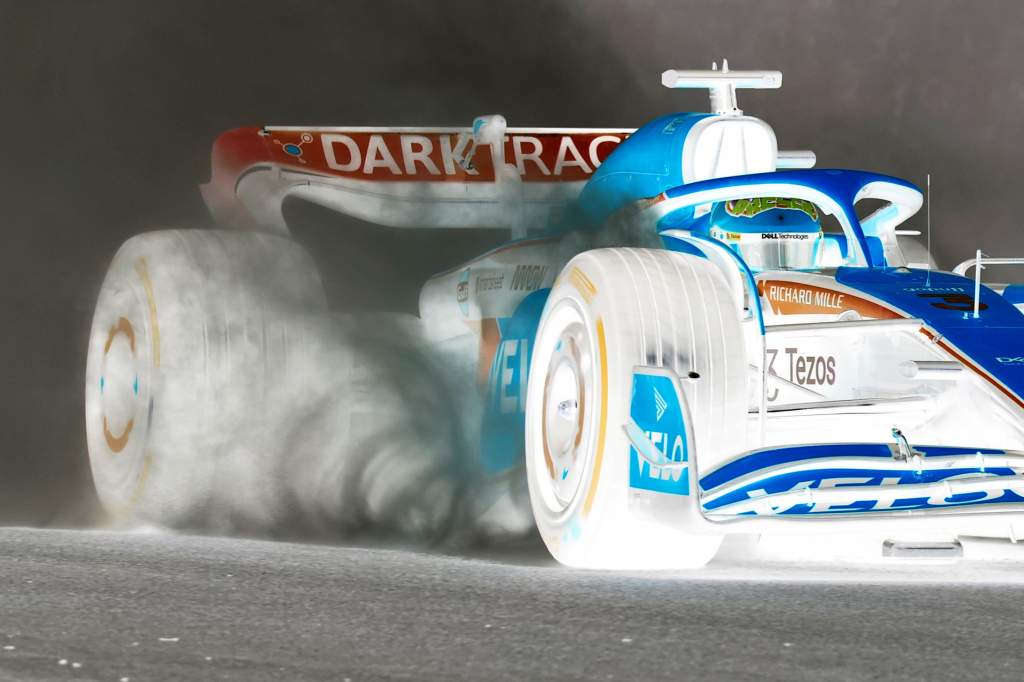Up Next

Every team encountered the problem of porpoising at least to some extent during the Barcelona Formula 1 test, but McLaren appeared to be the least troubled by it.
Thanks to the wet running on the final afternoon, and some special photographic trickery, we now have some understanding of why that might be the case.
“We’ve experienced a little of that,” said technical director James Key on the final day of testing. But he also described it as “not a major concern or major distraction for our drivers right now”. The question is, why?
Porpoising is caused by the underfloor aero stalling, leading to the rear of the car losing aero load and rising, followed by the front, then the process starting all over again as the aero starts working again, lowering the car and then stalling again. In extreme cases, this can cause a sequence of troubling oscillations.
Simulating the problem is difficult without on-track running given the impossibility of running at ultra-low ride heights at high speeds in the windtunnel, and the fact CFD’s accuracy is reduced when very close to the ground due to the mathematical complexity increasing exponentially.

Asked by The Race if McLaren had found a better way to simulate and understand the problem of lucked into it, Key suggested it was simply the way the car worked.
“I’d love to make out that we’ve been super clever, but the reality is this is very difficult to simulate,” said Key.
“It involves tyre stiffnesses, the heave modes of your car because clearly if it’s in tune with the chassis, that’s when you really see it go off when you’ve got a natural frequency on your sprung mass as well. So I don’t think it’s entirely luck.
“The stability of the car does play its role a little bit in this in how well the car handles in terms of load in various ride height conditions and so on. But I’d be lying if I said it was by design.
“It’s a phenomenon we are all going to get used to with track running and hopefully as time goes on we will learn how to remove it as an issue.”
But McLaren already appears largely to have eliminated the problem thanks to how powerful the vortices running down the side of the underfloor are.
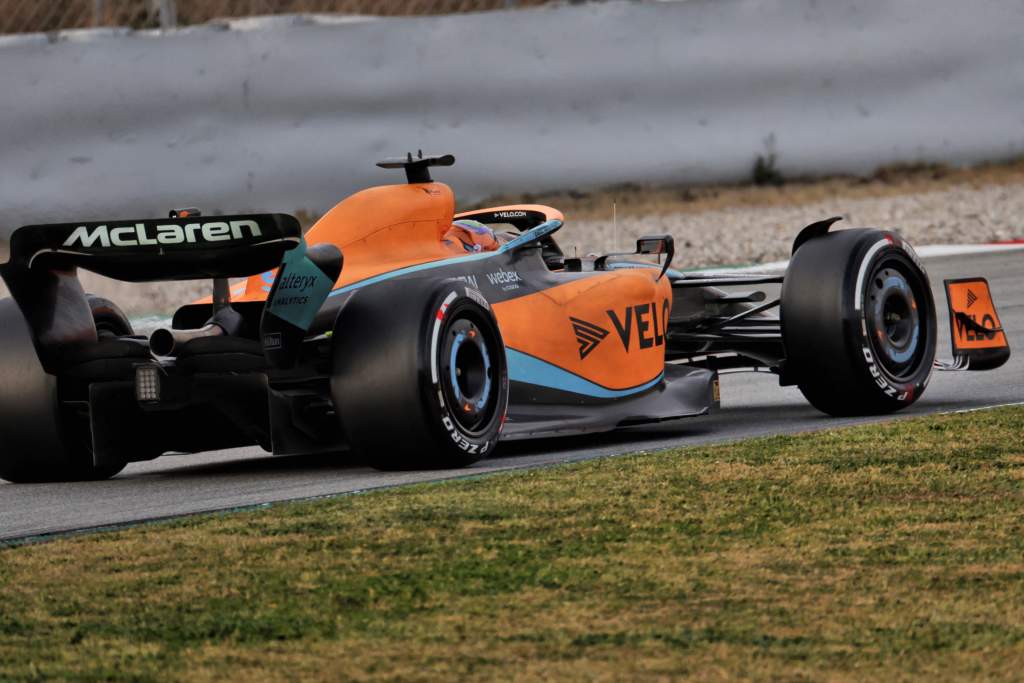
These seal the low-pressure area from the outside world and, by being more energetic than those produced by McLaren’s rivals, make the floor less prone to stalling because they don’t try to seal the floor by running the sides of the floor more or less on ground.
Fortunately, the wet running creates spray and allows us to see exactly what is happening aerodynamically both on and off the car’s surface.
We can take a close look at the McLaren in comparison to the other leading cars from Mercedes, Red Bull and Ferrari to see the effect. Our images have been inverted, a process that flips the light and dark areas, so it is easier to see and understand.
McLAREN
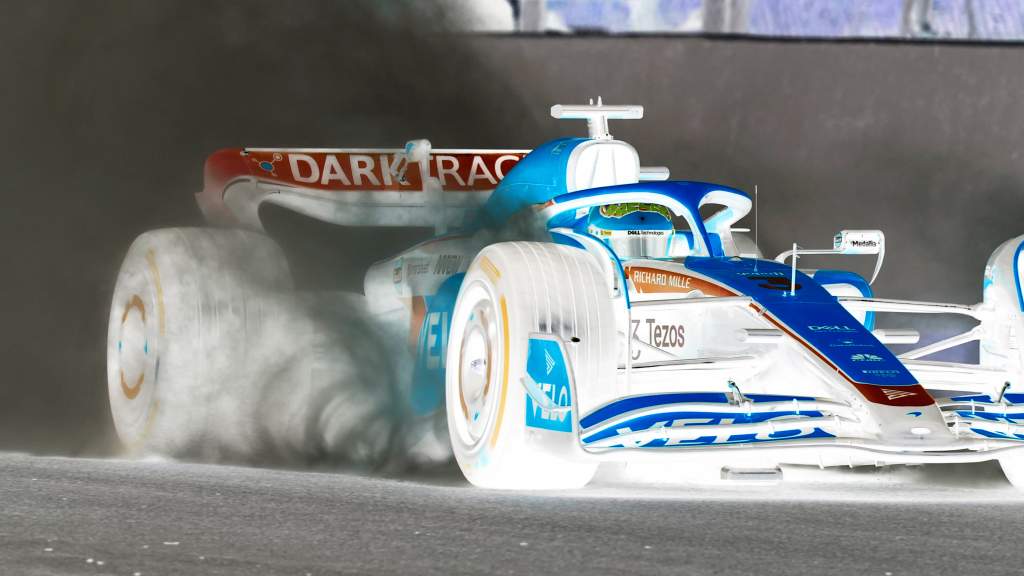
We can see very clearly how powerful the vortices are as they travel along the sides of the underfloor. Note the clearly-defined clockwise spiralling airflow between the front and rear wheels.
Not only does this improve the sealing of the underfloor, it will also allow McLaren to keep the floor slightly away from the track surface. By doing this you can reduce the risk of porpoising by having that cushion of air between the sides of the floor and the track surface.
You can see this by the darker section that runs horizontally at ground level at the bottom of the spiral. This shows there is more water in the vortex as it pulls airflow out from underneath the car.
It’s also interesting to see how the airflow coming off the outer rear corner of the bargeboard area is now carried upwards and over the top of the floor vortices. This will also be because of the power of the vortices, and it will also help keep them powerful as they travel further rearward.
We often talk about airflow structure along the car and this is a perfect example of what that all means.
So how is McLaren achieving this? It appears to be through the floor detail, which the team helpfully covered in flow-vis paint, which is very good to show on-surface airflow and how and where the flow lines are generated.
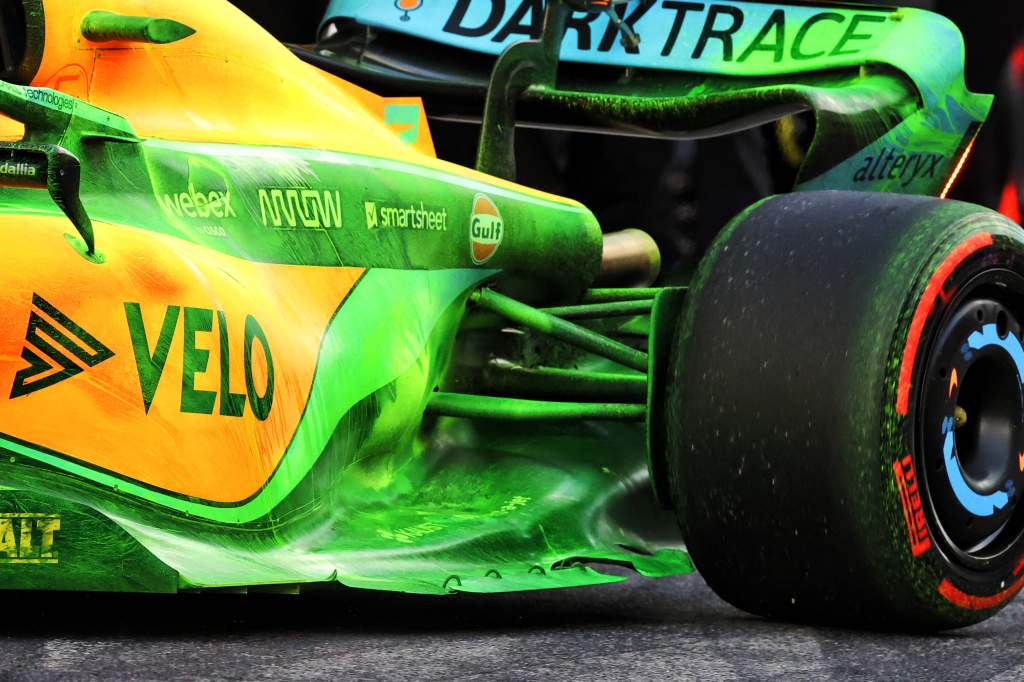
This front section of the McLaren floor is higher than it can be. On this car, we can see the end of the two internal leading edge turning vanes, so this gives it more volume of flow coming out of this section of the floor. This plus the small vertical vane will help set up the powerful vortices we see in the wet running picture.
The small separated wing section halfway along the floor and the intake area near the rear tyre are part of what allows McLaren to have stronger and more consistent vortices travelling down the sides of the car.
This is not too difficult for other teams to copy, but they don’t just work as a standalone unit. They work in conjunction with the rest of the airflow structure, which is not quite as easy to copy.
MERCEDES
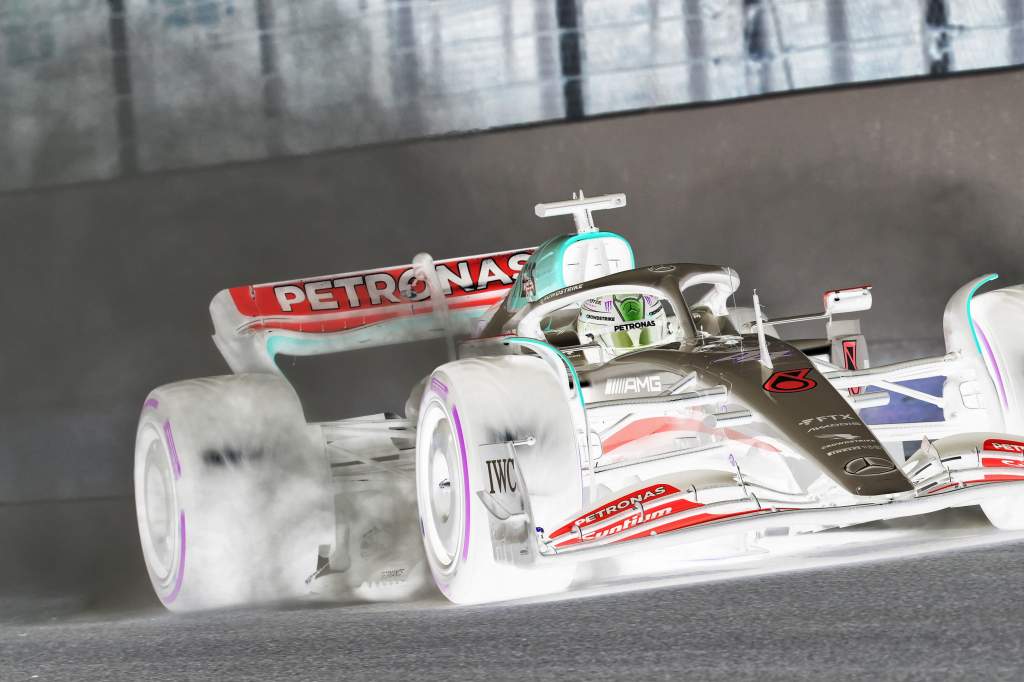
On the Mercedes, the vortices are nowhere near as powerful. This means to get the downforce from the underfloor the team needs to run the W13 nearer the ground, which makes it very sensitive to the sides of the floor sealing and not sealing ‘mechanically’.
By mechanically, I mean the sides of the floor touching the ground, which then stalls the diffuser, which reduces the load and allows the car to rise up, Then it all happens again and the car starts bouncing, or ‘porpoising’ as it’s been christened.
You can see where Mercedes has added a small stay at the rear corner just in front of the rear tyre to make sure the floor isn’t flexing in that area.
RED BULL
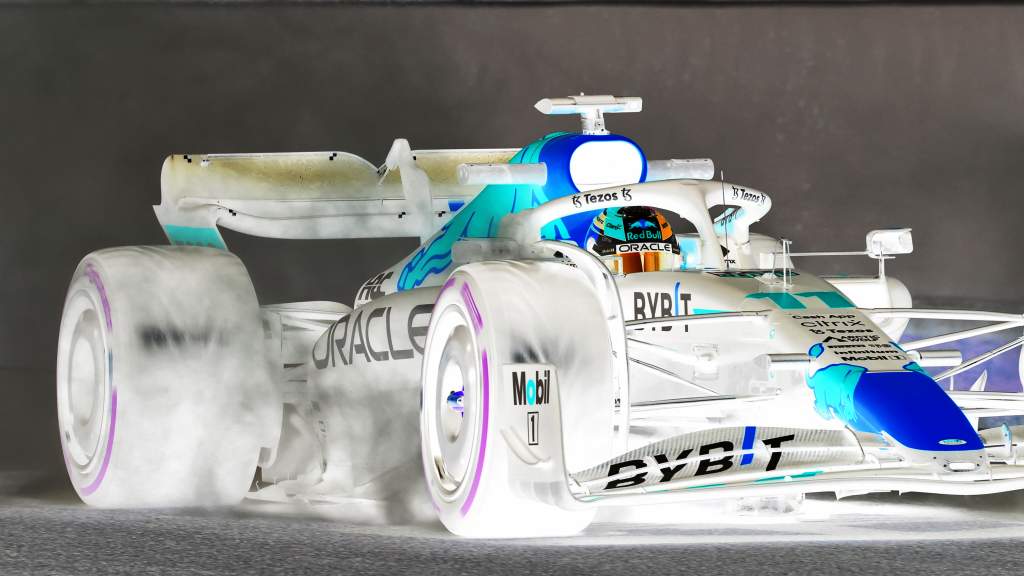
Red Bull probably has the second-best control over the vortices in this area, especially at the front area of the floor. But then they fall over and don’t continue along the floor edge.
This is either because Red Bull doesn’t have a small separated wing section to allow the vortices to develop, or because the car is very low to the ground and the vortices don’t have enough energy in the flow to maintain them.
Again, like Mercedes, Red Bull is trying to get the best performance from the underfloor by sealing it mechanically. But I’m sure after this test there will be plenty of effort put into altering that philosophy.
FERRARI
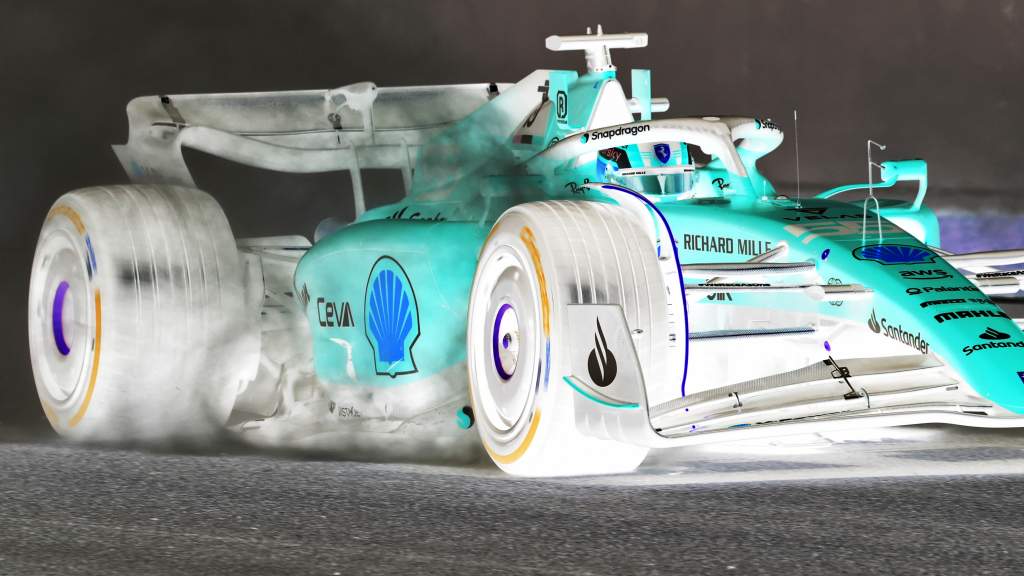
Ferrari doesn’t rely so much on vortices being set up by the front corner of the floor, but more on the power of the flow being pulled into the coke bottle area by the power of the turning vanes mounted on the inside of the rear brake ducts.
In the early part of the testing, Ferrari had some porpoising issues but seemed to get on top of it fairly quickly.
It introduced a modified floor, which had some detail changes along the outer edge to reduce the flat surface area near the ground, the larger the sealing surface the more sensitive to the changing gap as the ride height lowers.
CAN THE REST CATCH UP?
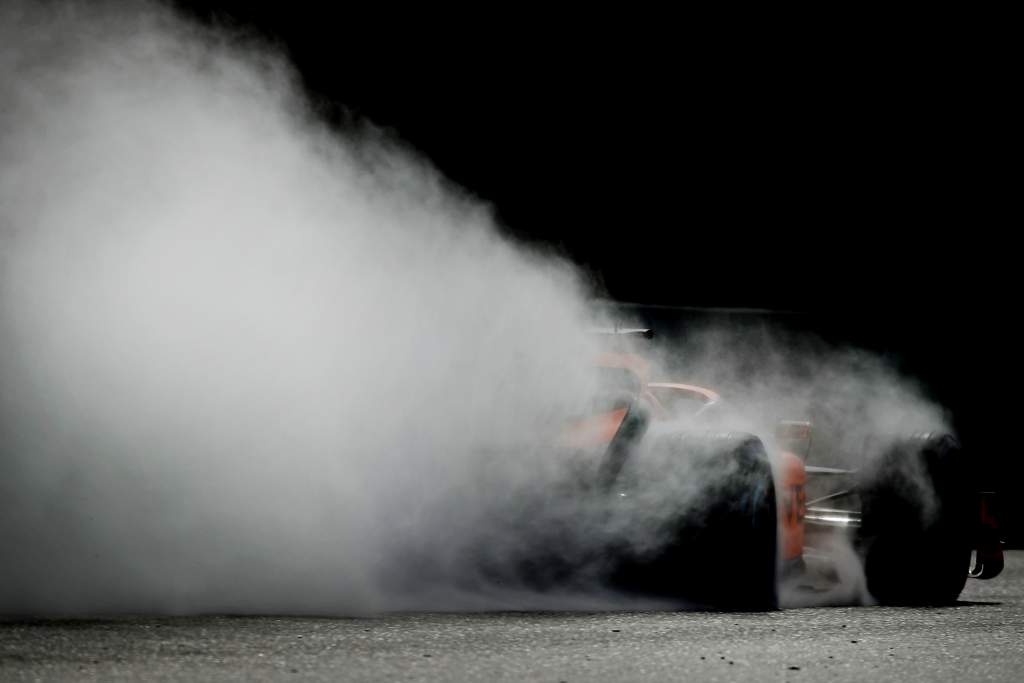
It’s inevitable that teams will end up converging on more or less the best solution for this problem given a long enough timeline. But for now, McLaren has shown it understands how to generate the most powerful vortices in this area.
This will allow it to focus its attention on other areas instead of spending its hard-earned budget cap allowance on this aspect.
I’m sure there will be some teams questioning the legality of some of the floor interpretations. It will not only be McLaren’s version as there were other interesting details on some other cars. The best time to sort this sort of thing out is now before teams start making spares.
We are likely to see new, or at least highly modified, underfloors in the Bahrain test.
That will give us a better picture of who is really on top of this problem and who might simply have lucked in.
And remember, if you don’t have a problem, there’s always the risk it might be waiting just around the corner to bite you.


